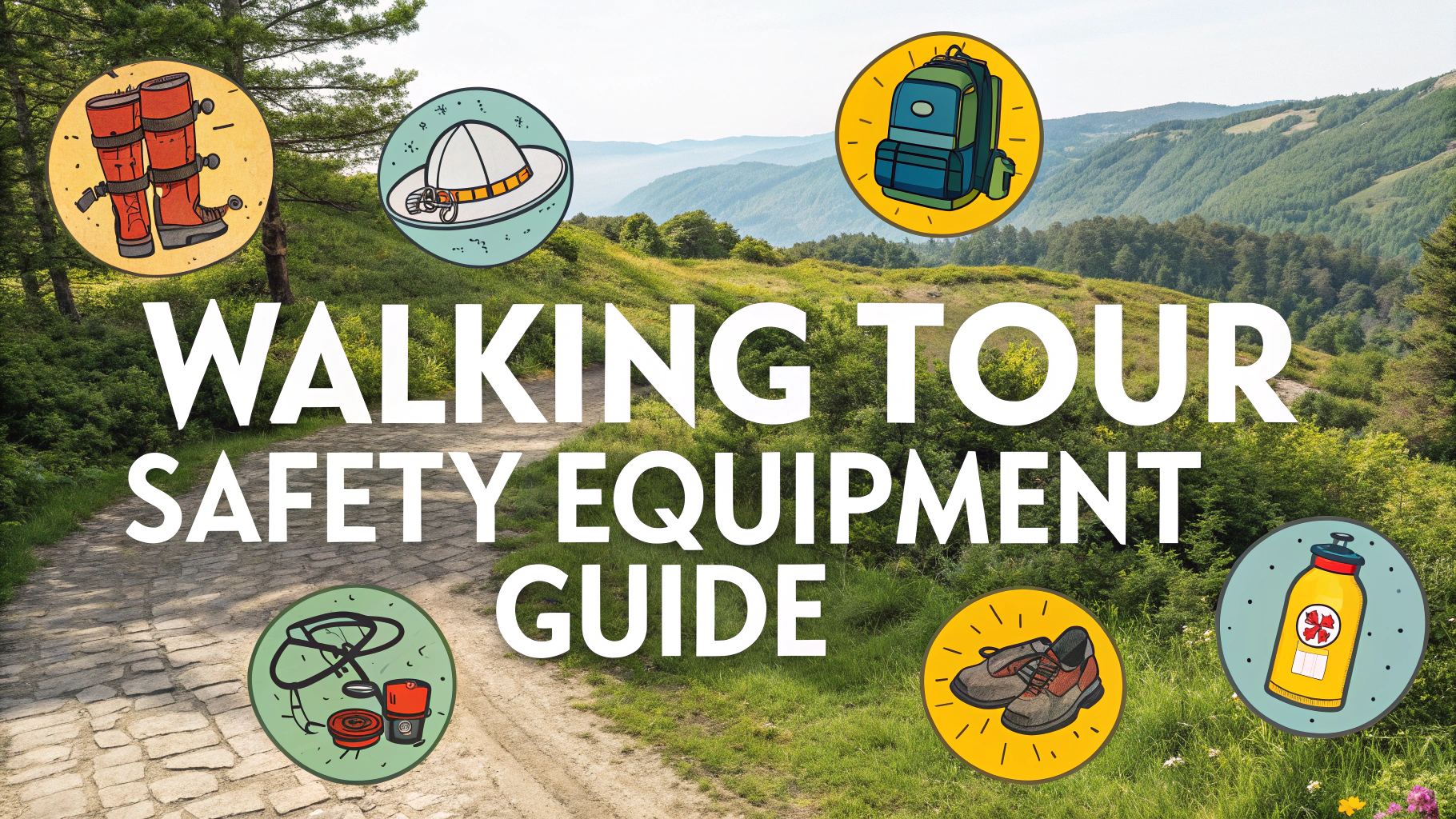Market buildings offer fascinating glimpses into local history, commerce, and architecture through self-guided walking tours.
Planning Your Market Building Tour
Most historic market buildings open daily from 8 AM to 6 PM, though individual vendor hours may vary.
- Download market maps from official websites before visiting
- Wear comfortable walking shoes
- Bring a camera and note-taking supplies
- Plan 2-3 hours for a thorough exploration
What to Look For
Focus on these key architectural elements during your tour:
- Exterior Features: Clock towers, weathervanes, original signage
- Interior Design: Vaulted ceilings, original tiles, cast iron columns
- Vendor Stalls: Original wooden counters, vintage display cases
- Historical Markers: Bronze plaques, information boards
Popular Market Buildings for Self-Guided Tours
| Market | Location | Notable Features |
|---|---|---|
| Pike Place Market | Seattle, WA | Fish-throwing tradition, original neon sign |
| Reading Terminal Market | Philadelphia, PA | Amish vendors, railroad heritage |
| Quincy Market | Boston, MA | Greek Revival architecture, colonial history |
Photography Tips
- Ask permission before photographing vendor stalls
- Use natural light when possible
- Capture wide-angle shots of architectural details
- Document informational plaques for later reference
Best Times to Visit
Early mornings (8-10 AM) offer the best lighting and smallest crowds for photography and exploration.
Making the Most of Your Tour
- Read historical plaques thoroughly
- Talk to long-time vendors about market history
- Look for original architectural features
- Compare old photographs with current views
- Sample local foods and goods
Accessibility Information
Most historic markets now offer elevator access, ramps, and accessible restrooms for visitors with mobility needs.
Resources for Further Research
- National Park Service Historic Buildings Database
- National Trust for Historic Preservation
- Local historical societies
- Municipal archives
Contact your local preservation society or market management office for specific tour information and opening hours.
Seasonal Considerations
Market buildings offer different experiences throughout the year, with unique seasonal highlights and events.
- Spring: Flower vendors and Easter celebrations
- Summer: Fresh produce and outdoor extensions
- Fall: Harvest festivals and seasonal decorations
- Winter: Holiday markets and special events
Educational Opportunities
School Programs
Many market buildings offer educational tours for students focusing on:
- Local history and commerce
- Architecture and preservation
- Food systems and agriculture
- Cultural heritage
Preservation Efforts
Historic market buildings require ongoing preservation work to maintain their character and functionality.
- Regular structural assessments
- Period-appropriate repairs
- Climate control upgrades
- Accessibility improvements
Conclusion
Self-guided tours of market buildings provide valuable insights into local heritage and architecture. Through careful observation and documentation, visitors can experience these living museums while supporting local vendors and preservation efforts. Regular visits throughout the year reveal different aspects of these historic structures and their continuing role in community life.
Remember to check market websites for current hours, special events, and tour guidelines before visiting.
FAQs
- How long does a typical self-guided market building tour take?
A typical self-guided tour through a historic market building takes between 45-90 minutes, depending on your pace and how much time you spend at each point of interest. - What’s the best time of day to tour historic market buildings?
Early morning (8-10 AM) or late afternoon (3-5 PM) are optimal times, as they typically have fewer crowds and many vendors are still operational. Avoid peak lunch hours when markets are busiest. - Are historic market building tours accessible for those with mobility issues?
Most historic market buildings have been renovated to include wheelchair access and elevators, though some older sections may have limited accessibility. It’s recommended to check specific venue accessibility beforehand. - What should I bring on a self-guided market building tour?
Essential items include comfortable walking shoes, a camera, water bottle, map of the building (usually available at information desks), and cash for purchasing from vendors or small shops. - Can I take photographs inside historic market buildings?
Photography is generally allowed in public areas of market buildings, but some vendors may have restrictions on photographing their stalls. Always ask permission before taking close-up shots of specific stands. - Are guided tours available if I decide I don’t want to self-guide?
Most historic market buildings offer both guided and self-guided options. Guided tours typically run 2-3 times daily and can be booked in advance through the market’s visitor center. - What historical features should I look out for during my tour?
Pay attention to architectural elements like original columns, ceiling designs, old signage, traditional market stalls, historical plaque markers, and original flooring or brickwork. - Is it appropriate to shop and eat during a self-guided tour?
Yes, shopping and dining are encouraged as they’re integral parts of the market experience. Many self-guided tours include recommended stopping points for local specialties and iconic vendors. - How do I get the most authentic experience from my market building tour?
Interact with long-time vendors, visit during standard market hours, read historical plaques, and try traditional local foods. Many markets have been operating continuously for over a century. - Are historic market building tours family-friendly?
Yes, market buildings are suitable for all ages, offering various points of interest from food tastings to architectural features. Many provide children’s guides or scavenger hunt materials upon request.








